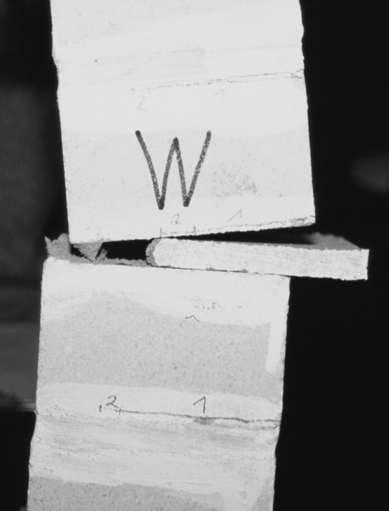Jäger, Wolfram[1]), Pflücke, Torsten[2])
- Jaeger, Wolfram, Prof. Dr.-Eng., Germany, 01062 Dresden, Mommsenstraße 13 buero.prof.jaeger@t-online.de Dresden University of Technology, Faculty of Architecture, Chair for Planning of Load-Bearing Structures
- Pfluecke, Torsten, Dipl.-Eng., Germany, 01445 Radebeul, Wichernstraße 12 buero.prof.jaeger@t-online.de Engineering Office Prof. Dr.-Eng. Wolfram Jaeger
ABSTRACT
As part of a research project carried out in 1999/2000 the solution for the verification of walls subjected to vertical loads under consideration of the buckling effect as contained in the European Masonry Standard ENV 1996-1-1 (EC 6) was intended to be reviewed. The basis of the assessment was, within the scope of the project, the solution of buckling problem of masonry under consideration of non-linear stress-strain-relations without restriction of the course of the curve.
The results clearly show the strong, load bearing capacity-reducing influence of load eccentricities and slenderness in the region of second order effects as well as the fullness of the stress-strain-relationship in the region of material failure. The approximation of the theoretical solution of the EC 6 worked out by KIRTSCHIG analogue to the way of HALLER was compared with the exact solution of the differential equation. It represents a safety risk for certain application parameters. With the result of the research project now a solution of the problem exists which may serve as the basis for the formulation of a practical approximation, explained here in principle. It has the numeric determination of the integration constants after solution of the differential equation of a centrically respectively eccentrically vertical loaded wall as its basis, whereby the geometrical and physical non-linearities have been considered. The task was also to study the influence of large eccentric loads by means of centric and eccentric compression tests of masonry specimens. The experimental research was focused on tests with small test samples (4-stone units) under a large eccentric application of loads. The evaluation of the obtained data showed that, particularly in case of mortars with low strength (M 1 to M 5) and at large eccentricities (e > 0.4·t), the assumption of a rectangular stress block as a basis of assessment may lead to an overestimation of the load bearing capability. This can be attributed to the significant reduction of stress at failure under eccentric load in contrast to the centric compressive strength to be assumed in form of the rectangular stress block.
Keywords: masonry walls, buckling safety, non-linear stress distribution, load-bearing capacity, differential equation, experimental investigation, articulation
LBWALL07



